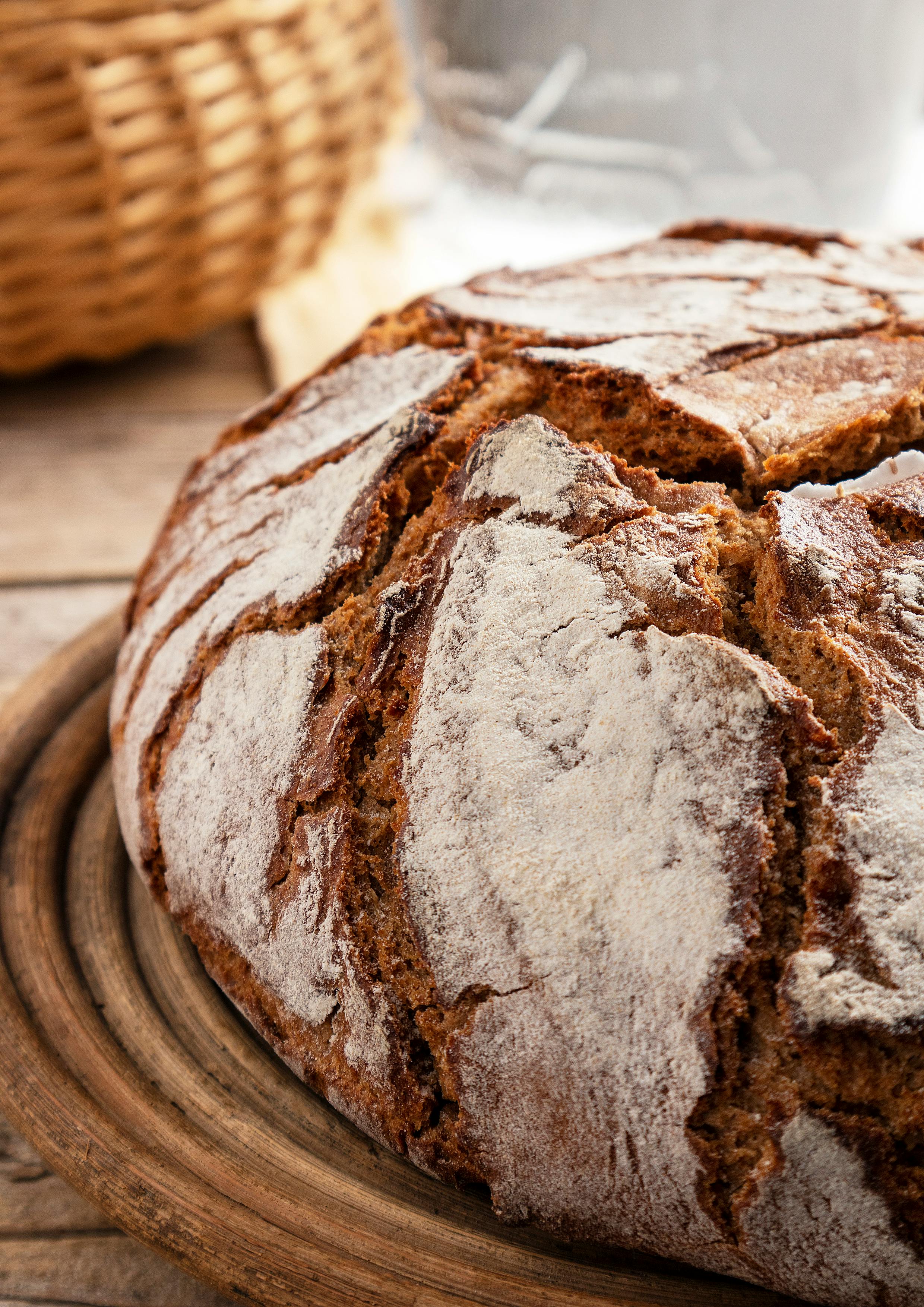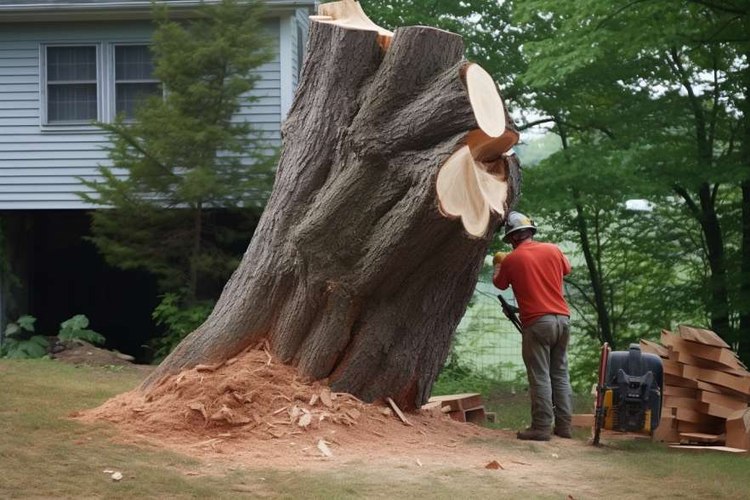Dancing with Dough: A Dive into Artisan Bread-Making
Are you a food lover who's always on the hunt for the next big thing in gastronomy? If so, prepare to be swept off your feet by the rising trend of artisan bread-making. In this article, we'll knead our way into this delicious world, exploring different techniques, ingredients, and the magic that turns simple flour and water into a culinary masterpiece.

The Renaissance of Artisan Bread
There’s something deeply satisfying about creating your own loaf of bread, from mixing the ingredients to the smell of freshly baked bread wafting through your kitchen. The artisan bread movement has seen a resurgence, with enthusiasts bringing back traditional techniques and combining them with modern twists.
The Power of Simple Ingredients
Quality ingredients are the cornerstone of artisan bread-making. Flour, water, yeast, and salt - these simple elements come together to create a world of flavors. The beauty of artisan bread lies in the simplicity of its ingredients and the complex flavors that emerge through the baking process.
Techniques of the Trade
Bread-making is as much a science as it is an art. From the starter to the dough’s fermentation and the final bake, each step plays a crucial role in the bread’s texture, flavor, and appearance. Artisan bread-making encourages a hands-on approach, allowing the baker to connect with the process and fully understand the transformation happening within the dough.
Embracing the Dough
Kneading, folding, and shaping the dough are essential parts of bread-making. These techniques develop the gluten network in the dough, giving the bread its structure. Through these processes, the baker can influence the bread’s final shape, crust, and crumb structure.
The Art of Fermentation
Fermentation is the heart of bread-making. It’s here that the yeast or sourdough starter works its magic, converting the sugars in the dough into carbon dioxide and ethanol. This process not only causes the dough to rise, but also develops the bread’s flavor and aroma.
Quick Bites
- The type of flour used in bread-making can affect the flavor and texture of the bread.
- Hydration levels in the dough influence the bread’s crumb structure and crust.
- Sourdough starters, made from flour and water, can be maintained for years, even decades.
- Different shaping techniques can be used to create a variety of bread types, from baguettes to boules.
- The baking environment, particularly the oven’s temperature and humidity, plays a significant role in the final outcome of the bread.
In conclusion, the world of artisan bread-making is a fascinating one, filled with endless possibilities. It’s a journey of discovery, one that engages all your senses and lets you create something truly unique. As you delve deeper into the craft, you’ll find that every loaf tells a story - a story of patience, dedication, and love. So roll up your sleeves, dust off your apron, and let’s get baking!




